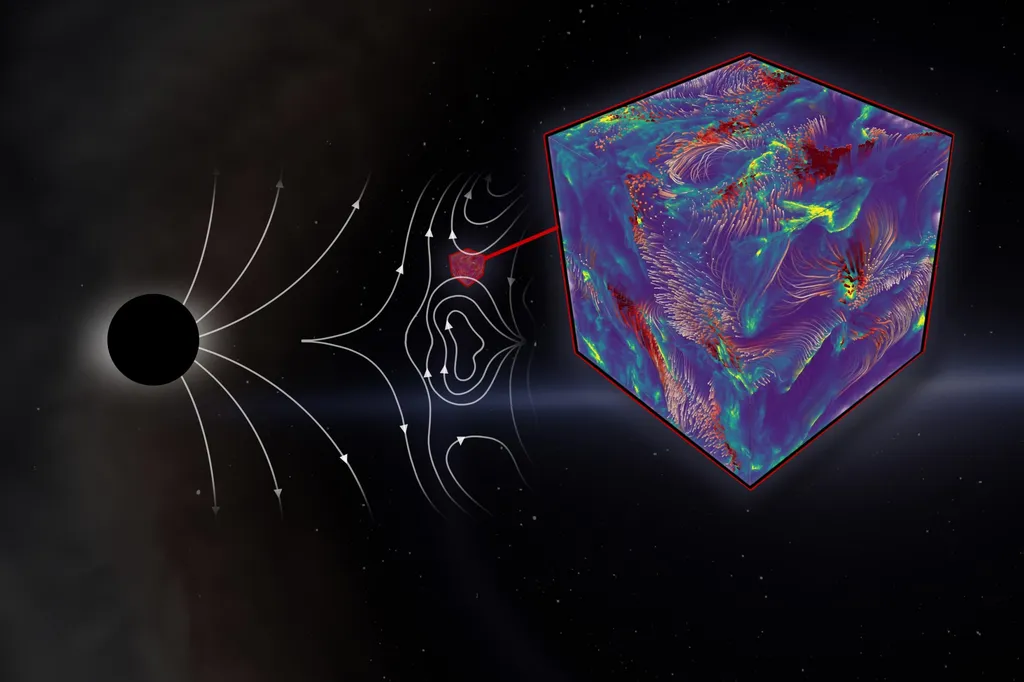Researchers from various institutions, including the University of Cambridge, Columbia University, and SRON Netherlands Institute for Space Research, have published a study exploring a new method to diagnose the density of outflows in low mass X-ray binaries (LMXBs). This research, published in the Monthly Notices of the Royal Astronomical Society, could enhance our understanding of the dynamics and energetics of accretion processes in these systems.
Low mass X-ray binaries are systems where a compact object, such as a neutron star or black hole, accretes matter from a low-mass companion star. Occasionally, these systems exhibit signs of outflowing material from the accretion disk. Studying these outflows can provide insights into the geometry, dynamics, and energetics of the accretion process.
The researchers focused on a specific ion, Fe XXIII, which can absorb ionizing photons and produce a set of absorption features in the X-ray spectrum. By analyzing these features, scientists can infer the density of the outflowing material. The team used a photoionization code called PION to simulate different ionizing spectra and test the detectability and interpretation of these absorption features.
They based their simulations on three different LMXB systems: GX 13+1, representing a bright, thermally dominated spectrum; 4U 1735-44, representing a harder, fainter spectrum; and MAXI J1820+070, representing a black hole LMXB spectrum dominated by Comptonized emission. The researchers found that Fe XXIII can be used as a density diagnostic when the ionization parameter is between 10^2 and 10^3 erg cm s^-1 and the outflow density is greater than 10^14 cm^-3.
The study suggests that this technique is more feasible for black hole LMXBs than for neutron star LMXBs, due to the typical range of ionization parameters in these systems. This research provides a new tool for studying the outflows in LMXBs, which can help improve our understanding of the accretion process and the dynamics of these complex systems.
In the context of the energy industry, understanding the dynamics of accretion and outflows in LMXBs can contribute to the development of more efficient and sustainable energy technologies. For instance, the study of plasma physics and radiation processes in these systems can inform the development of nuclear fusion reactors, which aim to harness the power of the sun here on Earth. Additionally, the research can contribute to the development of advanced materials and technologies for space exploration, which is increasingly important as we look to expand our energy infrastructure beyond our planet.
This article is based on research available at arXiv.

